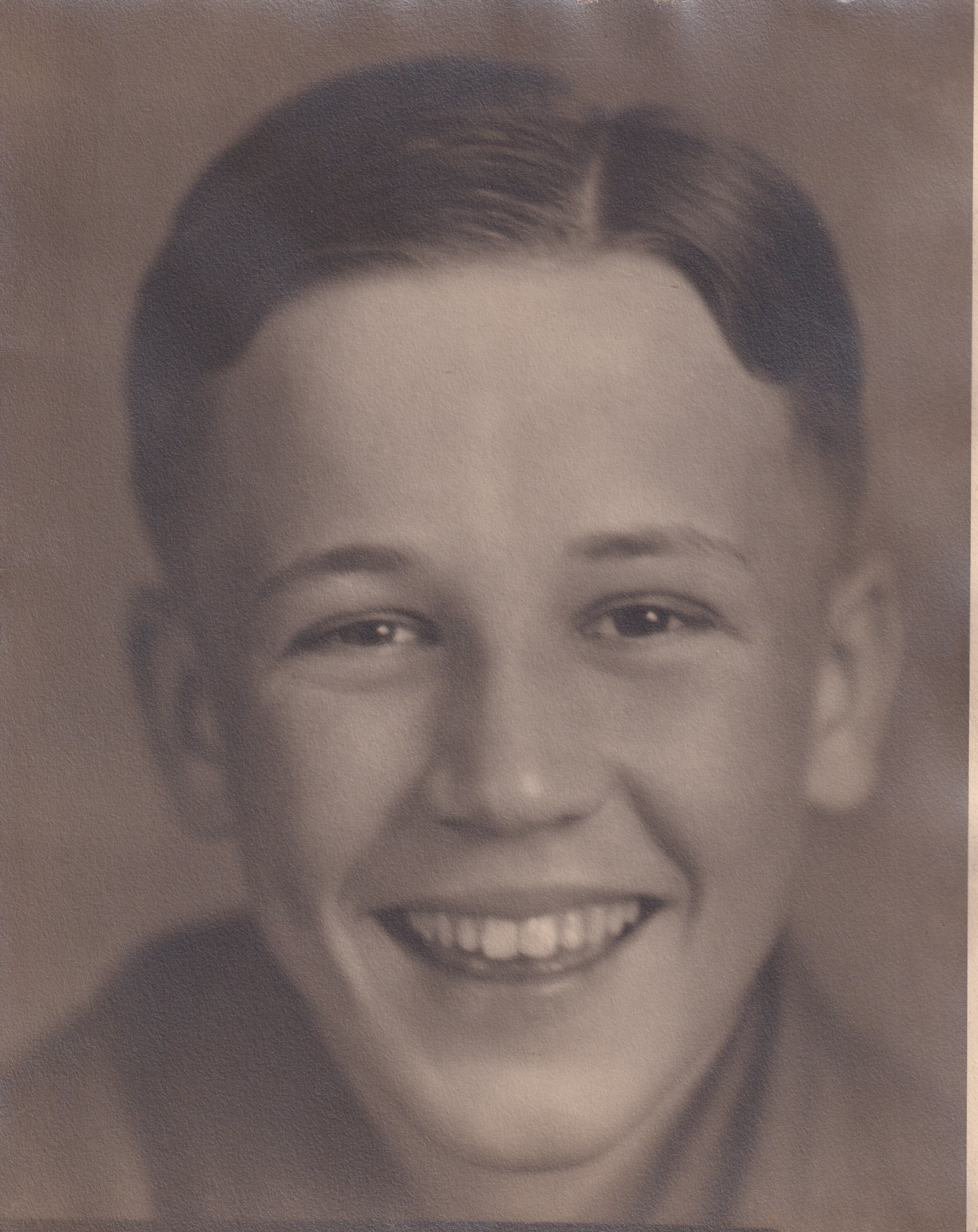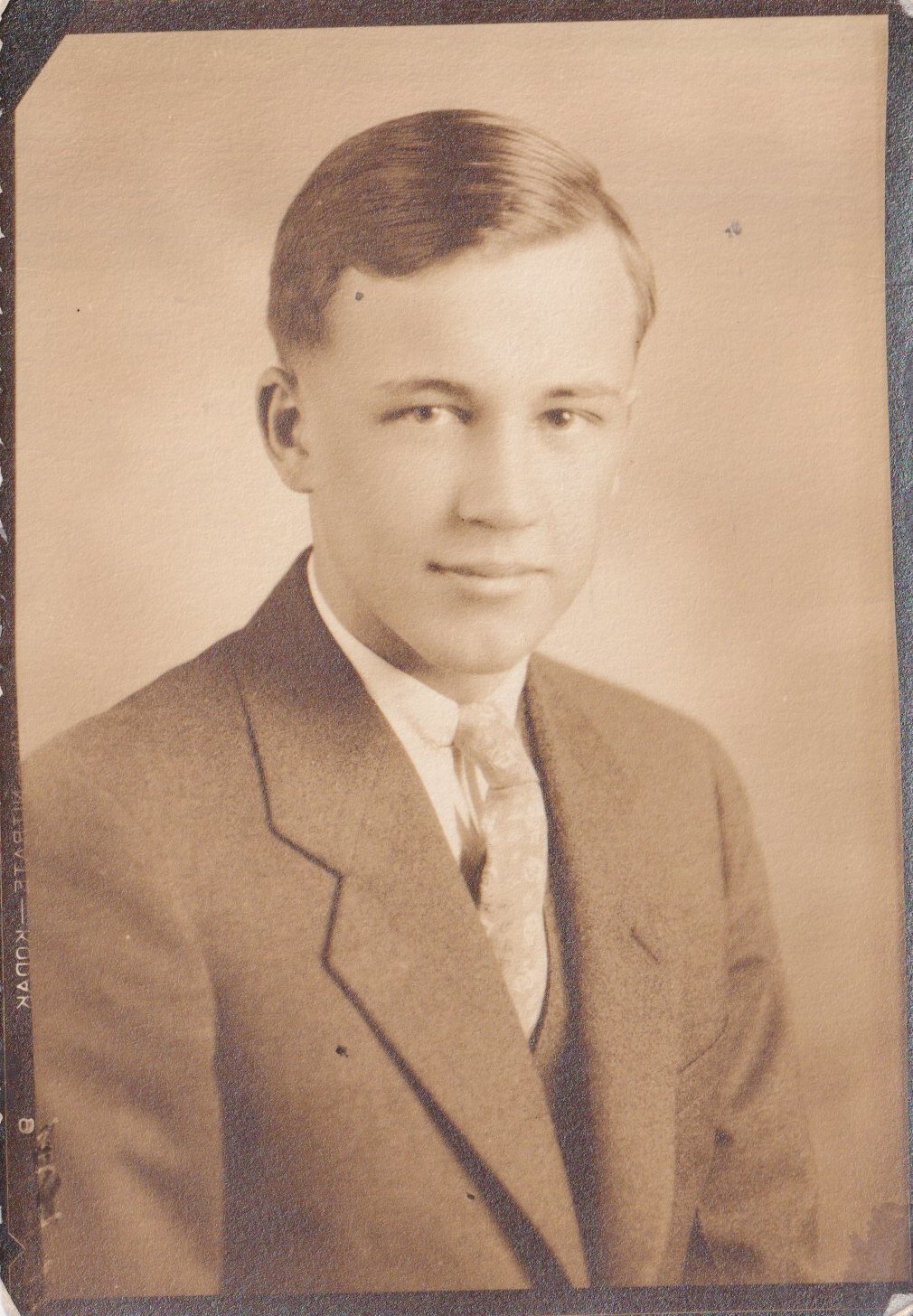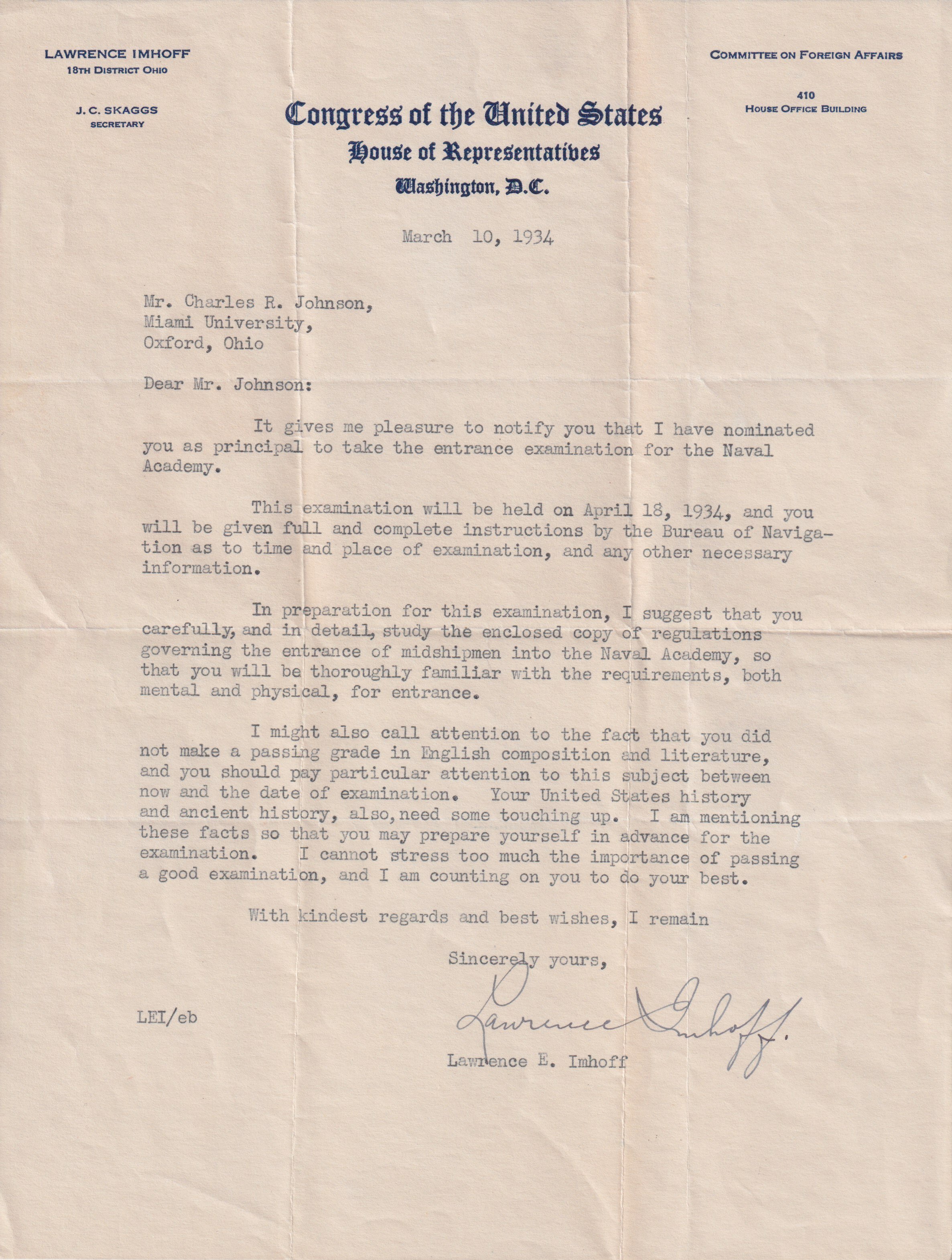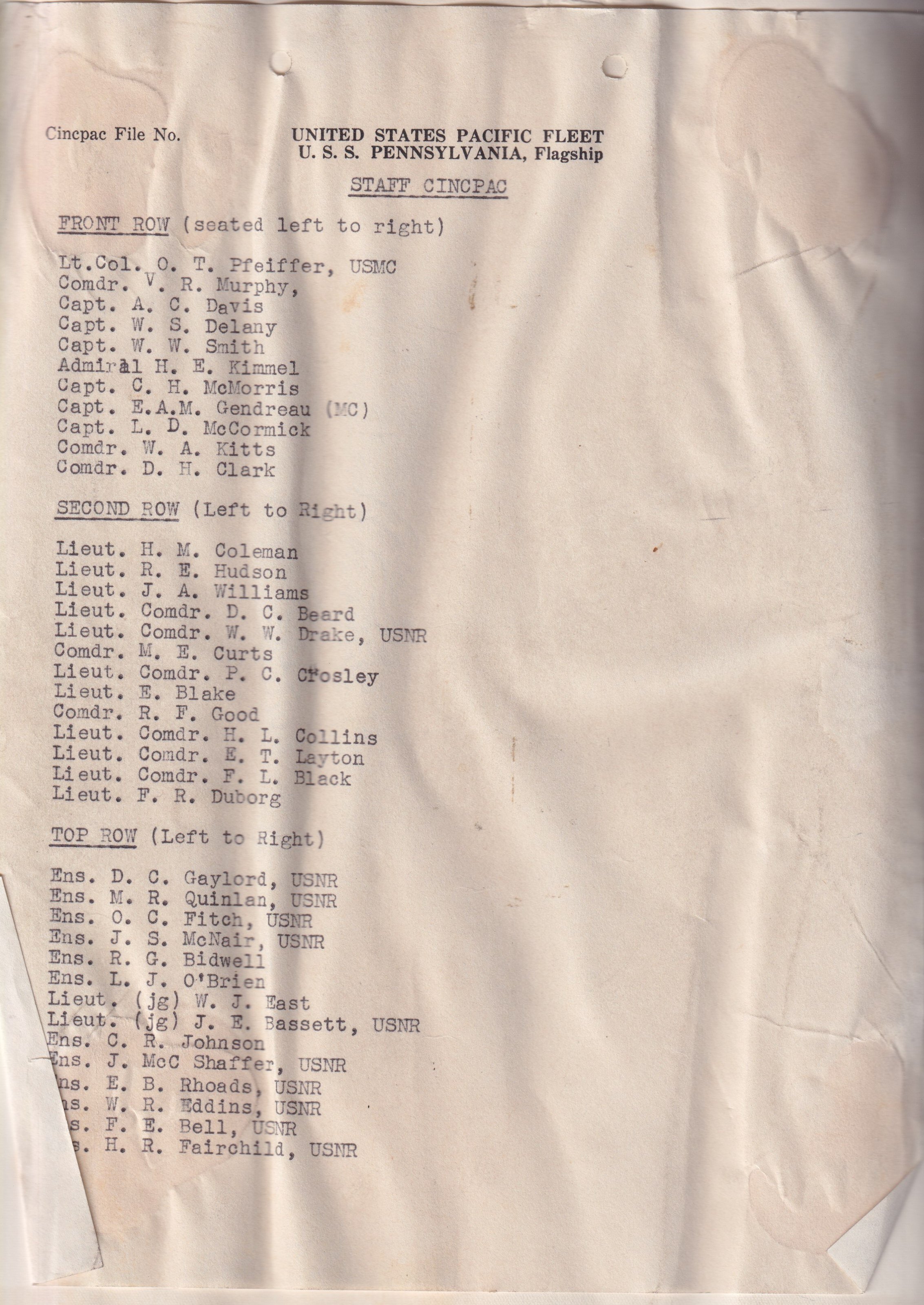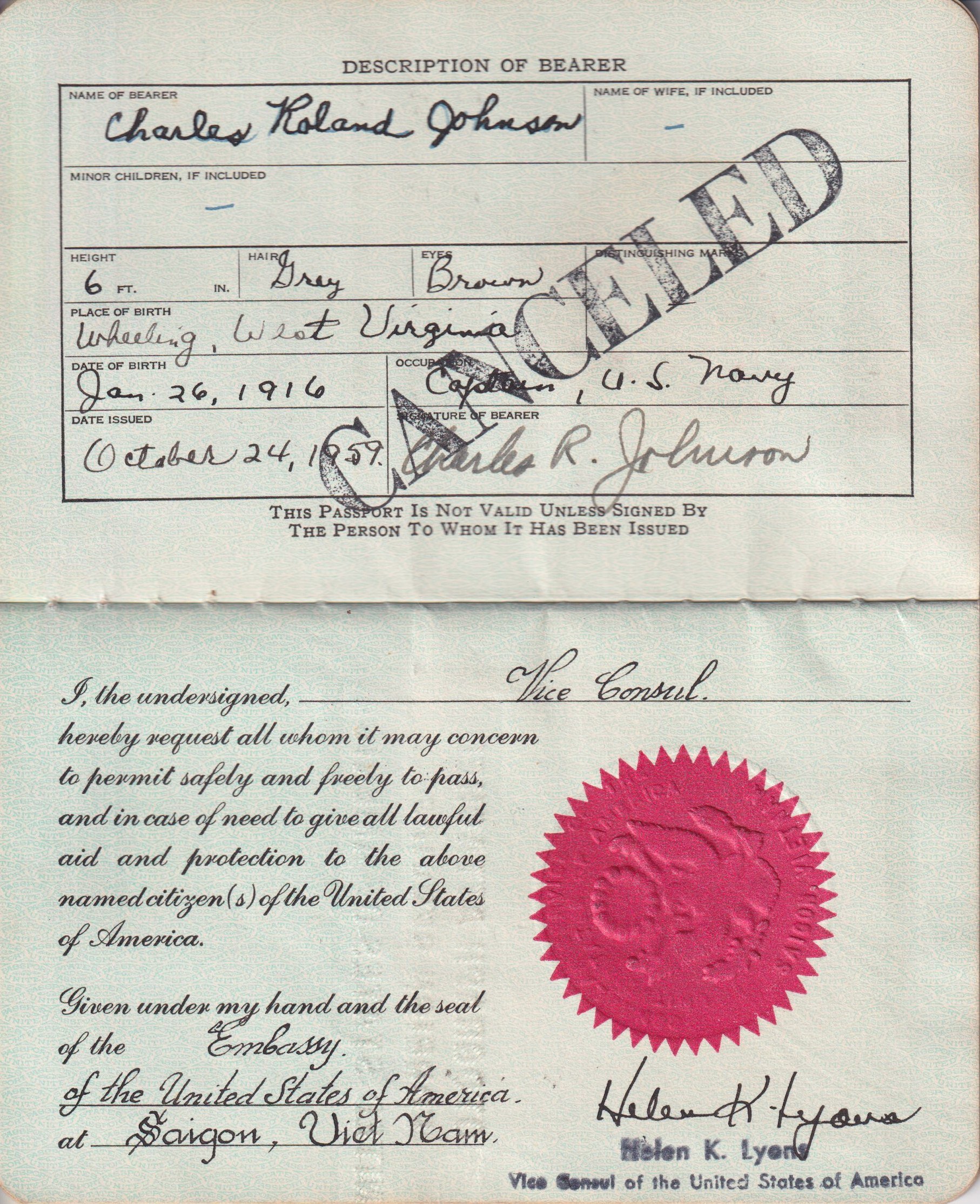KH6EFL
A Life in Radio
KH6EFL wanted to play trumpet in a big jazz band. That was his dream. When asked late in life what kind of music he enjoyed in his youth, he said without hesitation, “only the hard stuff: Bing Crosby.”
KH6EFL was born in 1916 in Wheeling, West Virginia and raised in Steubenville, Ohio where the industrial churn of nearby Pittsburgh, Pennsylvania and his older brother’s superhuman feats on the undefeated high school football team left KH6EFL in a literal and metaphorical shadow.
Still, there had never been such a great time to be a kid in Steubenville, even after the Depression hit. For its entire history, the town had been defined by what ran through it—chiefly the Ohio River and the raw materials that became finished steel over in Wierton. KH6EFL got to be a teenager in a time when it mattered more what passed over Steubenville.
Each morning, KH6EFL and many of his classmates tuned in to 1020 kHz AM where Uncle Ed Shaughency’s Musical Alarm Clock offered up jazz from 7 to 8 a.m. There was life over the hills in Steel City, if only you were hip enough to hear it and smart enough to catch the frequency. It infected the town’s youth.
The kids in KH6EFL’s class could play jazz affiliation one of two ways. They could channel their small town frustrations into ambitions of fame and fortune like their classmate, Dino Paul Crocetti, who set his trajectory to stardom by using the finest slang to tell Steubenville High’s ancien regime where exactly they could stuff their coursework. Or, like KH6EFL, they could make a niche for themselves in the scene (and leave an impression with the ladies) by mastering the medium of radio.
KH6EFL got good at working the antenna and tuning the dial—skills that served him well when he matriculated at Miami of Ohio for his freshman year. Times were tough, but he benefited from a fluke of advantageous blue-collar circumstances. His father was a general contractor who once worked as the Masonry foreman on the construction of Bancroft Hall in his native Annapolis. KH6EFL’s older brother—nicknamed “Frankenstein” by classmates—was leveraged into a much-coveted spot at the United States Naval Academy and KH6EFL was sent to live with his maternal grandparents in Oxford, Ohio, where ‘48er German stock worked a local newspaper delivering polemics in the Democratic tradition.
It was a magical year of dancing and trumpet and motorcycles and fun. One never to be repeated in KH6EFL’s life. Even before classes began, he got news that his older brother had been killed by a spider-bite on the bus to Annapolis. By Spring, it was clear that the resources for private education were no longer available and that significant leverage had been brought to bear on the issue of conveying an athletic older brother’s service academy appointment to his whip-smart, but more culturally-inclined younger sibling.
Push came to shove and KH6EFL was compelled to take his own bus ride to the banks of the Severn River.
As it turned out, the United States Navy had its own interest in radio. If his fellow Midshipmen loved him for the bounty of broadcasts he could summon with his technological acumen, the instructors at Annapolis gave KH6EFL high marks because his skills dovetailed with the requirements of the war many knew they would soon be fighting.
After four years that included a chilly march in an Inaugural Parade and a class-sponsored study abroad/institutional espionage summer trip to Nazi Germany, KH6EFL graduated in 1938 with the loving sobriquet “Wizard” bestowed upon him by grateful classmates.
His first duty was aboard the USS New Orleans (CA-32) in San Pedro, where the Pacific Fleet was concentrated. Solid touch with the ship’s radio array later earned him a spot on CINCPAC (Commander in Chief, Pacific Fleet) staff aboard the USS Pennsylvania. In the early days of 1941, he got to know two superior officers – Edwin Layton and Joe Rochefort – with whom he would work extensively.
On the morning of December 7, 1941, KH6EFL was the first awake in the BOQ (Bldg 662) at Dealy Circle. He ran through the first strike wave to his battle station at CINCPAC HQ, where he watched Battleship Row go up.
It is very difficult to find a photo of KH6EFL smiling after Pearl Harbor. He could and would smile, but he preferred his trademark grimace. If it was an affectation, well-earned and maybe even useful.
KH6EFL became a useful instrument for the chiefs at Station Hypo. Especially after their efforts successfully cracked JN-25, the Japanese Naval Code. The traditional narrative foreshadowing the Midway Campaign is one of fervent and static efforts to determine which American-held Pacific Island was known by the initials “AF” in Japanese cipher. To do so, individual officers were briefed and sent on lonely missions to far-flung atolls to send false broadcasts back to Pearl requesting supplies. The Japanese, who were listening to American code, were expected to report this information, as supply shortages were vital to the success of their proposed thrust towards American lines. KH6EFL made the jump to Palmyra and American Samoa in early ’42. It was his great pride to have been a Pearl Harbor “survivor” (always “survivors” and never “veterans,” which implies a fair fight and not a massacre). It was an even greater pride to know he had contributed in whatever way to the destruction of Hiryu, Soryu, Akagi, and Kaga.
The trip across the Pacific had ulterior motivations. KH6EFL was detached from CINCPAC and sent to establish a high-traffic radio link between the Supreme Commander, Southwest Pacific Area, Douglas MacArthur, and Nimitz in Pearl. For eighteen months, KH6EFL geeked out on powerful radio networks from his home base in Brisbane and his extended duty area in New Guinea.
Ever the Annapolis grad, KH6EFL sensed he would never amount to much in the Navy if he didn’t go to sea. When his direct supervisor, Captain Felix Johnson, was appointed captain of a new Cleveland Class light cruiser in Boston, KH6EFL went with him. Together with a complement of 1,255 officers and enlisted, KH6EFL and the USS Springfield (CL-66) accompanied Roosevelt to Yalta and served with Task Force 58 through Okinawa and the surrender in Tokyo Bay, after which they proceeded to China to supervise Japanese disarmament and witness the budding war between Nationalists and Communists.
Whether or not his skills with a radio or a sextant factored in to his courting spiel is unknown. What is certain is that KH6EFL wasted little time in meeting suitable women upon his return to the States for the first time in five and a half years. His focus fell on a young WAVE from Santa Monica, California whose own wartime service made her partial to Annapolis grads.
Together they welcomed the future KH6EEZ into the world and made the rounds across the country as KH6EFL passed from duty stations at Annapolis and the Pentagon to stints as commander of both USS Davison (DD-618) and USS Arnold J. Isbell (DD-869). KH6EFL closed out the ‘50s with a tour as Chief of Staff for ComCruDiv1 and a bid as XO of USS Manchester (CL-83).
In 1959, KH6EFL learned of his father’s death while on deployment. The simple solution was to transfer to another ship and accompany her to her next port of call, Saigon, where a heavy cadre of American diplomatic infrastructure made it easy to fly back to the United States. It was an eerie precursor of things to come for KH6EFL whose expertise as a Cold Warrior was growing with focused study at the Naval War College, Nuclear Weapons training, Anti-submarine warfare specialization, and a familiarity with counter-insurgency.
By the time Kennedy became president, KH6EFL was well ensconced in the new military paradigm. He spent his spare time building a ham radio rig at 10 Midway in Pearl Harbor to relax from the rigors of commanding DesRon25, a twelve-ship compliment of Fletcher Class destroyers outfitted for anti-submarine warfare against the Soviets in the Pacific.
A company man to the very end of his career, KH6EFL spent the last three years of his three-decade service in a less than glamorous capacity as the establishing commander of the Naval Inshore Operations and Training Center at Mare Island, California. It was his task to define fighting doctrine for riverine warfare in Vietnam and train his troops accordingly while taking surreptitious trips as far up river as Tan Chau and Sa Dec.
After retirement, KH6EFL let his long-suffering spouse choose a destination for once. She picked a spot over the hill from her father, retired ballplayer Johnny Bassler, in Malibu, California. From there, KH6EFL spent a decade working for LADWP as they reengineered their electrical grid. During that time, he built a prodigious ham shack with a full antenna ray that lasted long after his humble cinderblock home was boxed in by celebrity dollar mansions.
KH6EFL lost little in the way of feistiness in his later years. Late night solicitors could expect a tall, unsmiling figure to emerge from the antique-strewn home carrying a pistol at the waist like Humphrey Bogart.
When invited guests entered KH6EFL’s home, he would turn in his armchair, lift himself up, smile and wave. After he passed, his loved ones went to move the chair and, in the process, discovered KH6EFL’s Midway-issue shark knife, unsheathed and razor sharp in the side of the chair where he could grab it on short notice.

